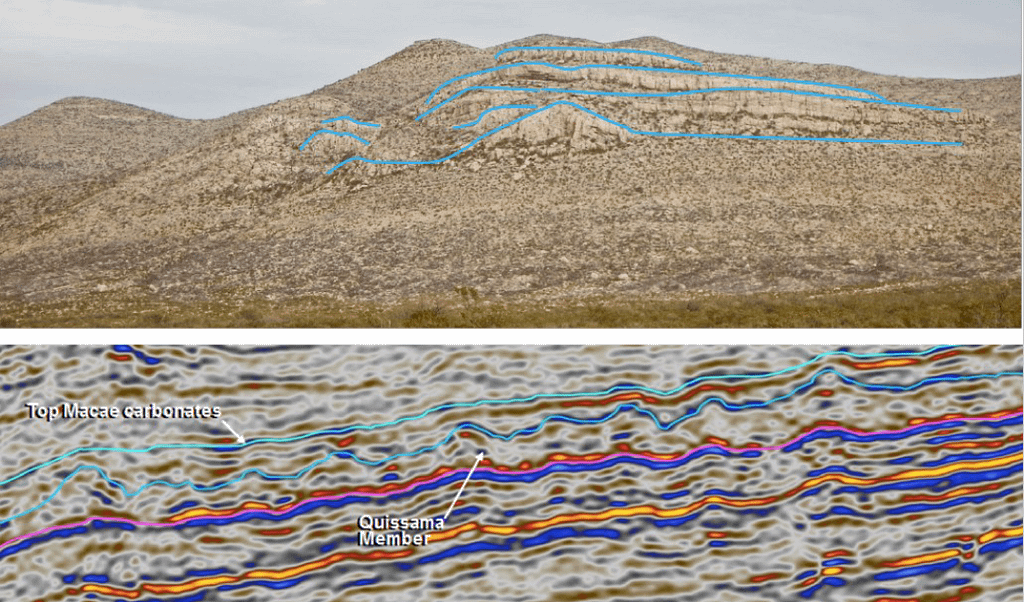In fact, the first question is why ?
One of the most important challenges in teaching geology is bringing the outside world into the classroom. During a pandemic, obviously, an inability to safely bring students into the classroom doesn’t make that any easier. Geology is a very spatial science and can require a lot of 3-D visualization. Virtual geology, while not a substitute for hammering, can provide alternatives. It can even be very complementary to traditional teaching and even opens up prospects for students with disabilities.

(Credit: AAPG)
3D geology field visualization could be a solution in geo-education. Although, augmented reality will be the next challenge in geology, it will generate large volumes of data ! I am involved in a learning lab in seismic interpretation, based on the relationship with mining and petroleum industries: Kingdom (SMT), Petrel-Techlog-Petromod (Schlumberger), Paleoscan (Eliis) etc…
So, my daily challenge is to bring back the field into the classroom at a seismic scale !
Here is an example from Apllied Stratigraphix in the Permian Basin of the Books Cliffs:

Links to virtual geology
https://virtualoutcrop.com/vgc2018/programme/immersive-geoscience
https://digieduhack.com/en/solutions/3d-virtual-reality-of-geology-field-trips